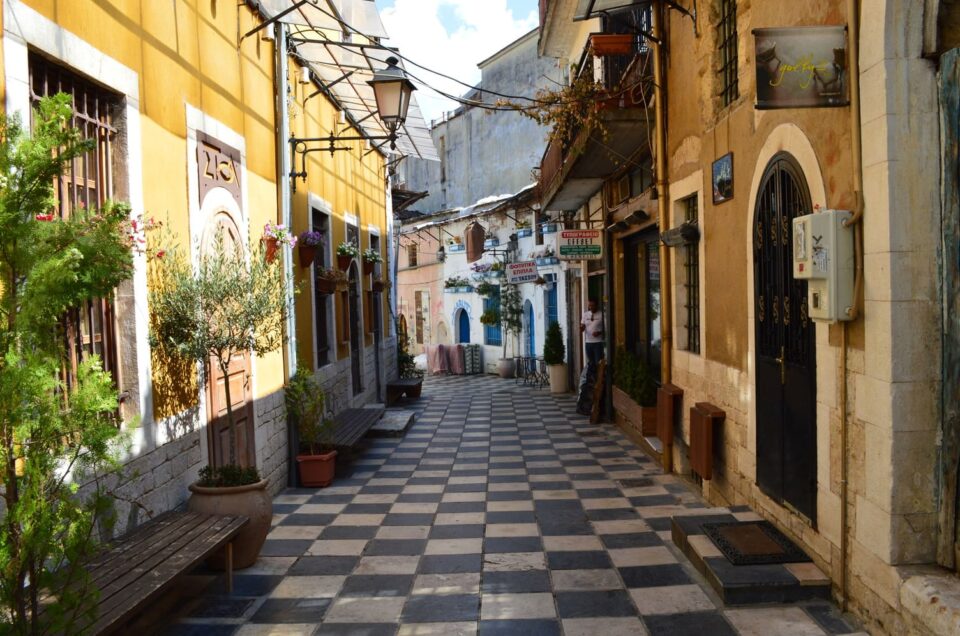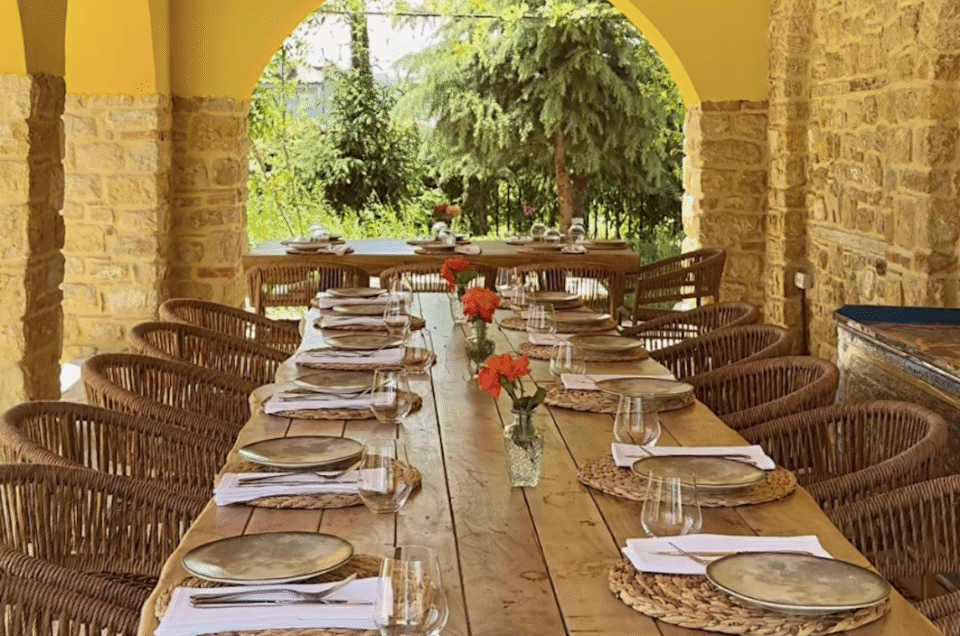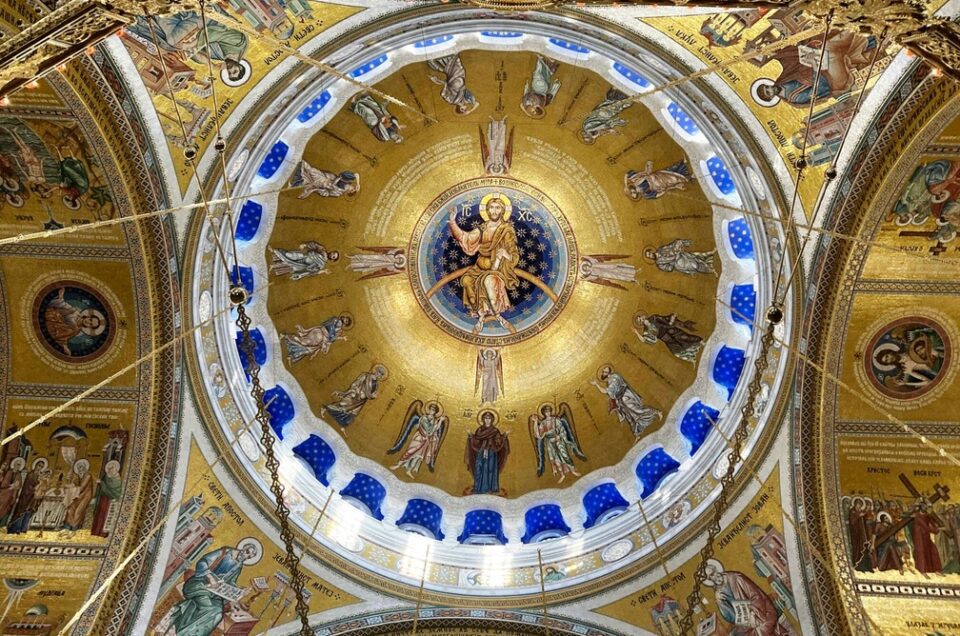From ancient polytheism to the rise of Christianity and beyond, religion in the Balkans has played a significant role in defining the region’s cultural and societal structures.
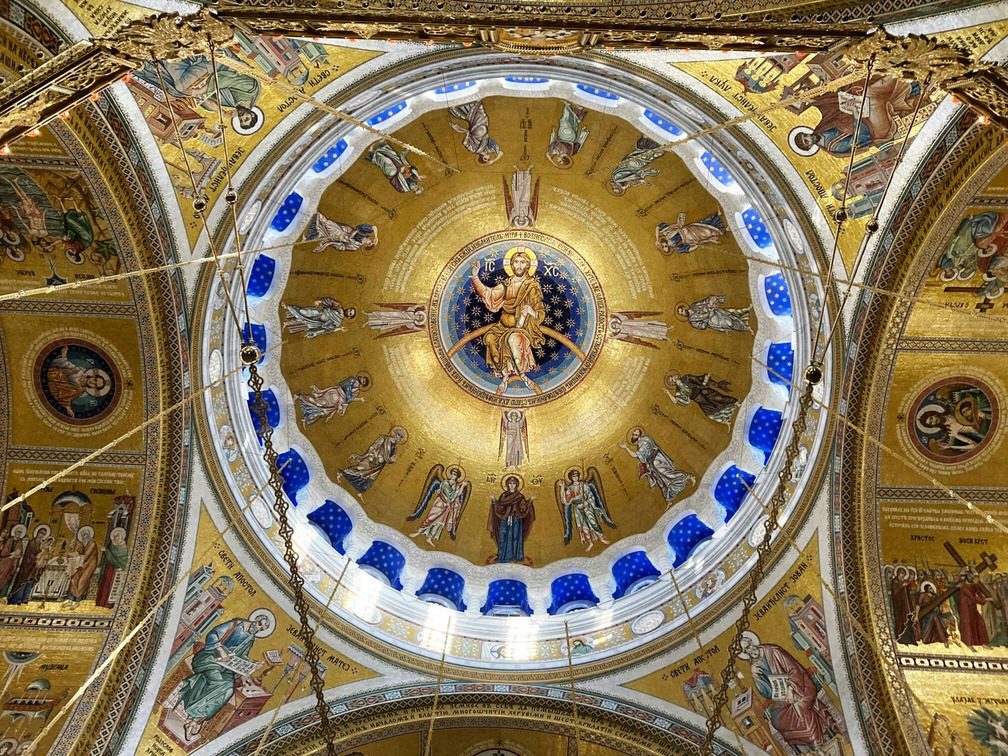
In ancient times, the local populations of the Balkans, including the Greeks and Thracians, believed in a pantheon of gods and developed various mystery cults and practices. The emergence of philosophy in classical Athens began to challenge the polytheistic worldview. Athenian philosophers questioned the inconsistencies of polytheism, the moral ambiguities of the gods, and the cruelty of certain religious doctrines.
Socrates, perhaps the most famous Greek philosopher, denounced the Greek gods but denied being irreligious. He introduced novel spiritual ideas, such as his belief in a divine inner voice that guided him. He was unafraid to share his worldview openly, yet his views and actions were politically inconvenient, which ultimately led to his death sentence and tragic demise.

Early Christianity in the Balkans
With the arrival of Christianity, things changed. Early on, Christianity spread in the Balkans through the missionary efforts of apostles like Paul, who traveled extensively and established Christian communities in cities such as Philippi and Thessaloniki. While criticized today for not advancing women’s rights, Christianity was probably one of the major catalysts for advancing women’s status in antiquity.
Women were often among the first to adopt the new faith and were instrumental in spreading Christianity within their communities. In many cases, pagan husbands of Christian women became converts themselves, largely due to the persuasive proselytizing that took place within the home.
As the Balkans were fully incorporated into the Roman Empire, its well-developed infrastructure allowed ideas to travel widely. Emperor Constantine’s Edict of Milan in 313 AD granted religious tolerance to Christians and allowed them to practice their faith openly. Christianity was later established as the official religion of the Roman Empire under the reign of Emperor Theodosius I. This occurred through the Edict of Thessalonica, issued on February 27, 380 CE.
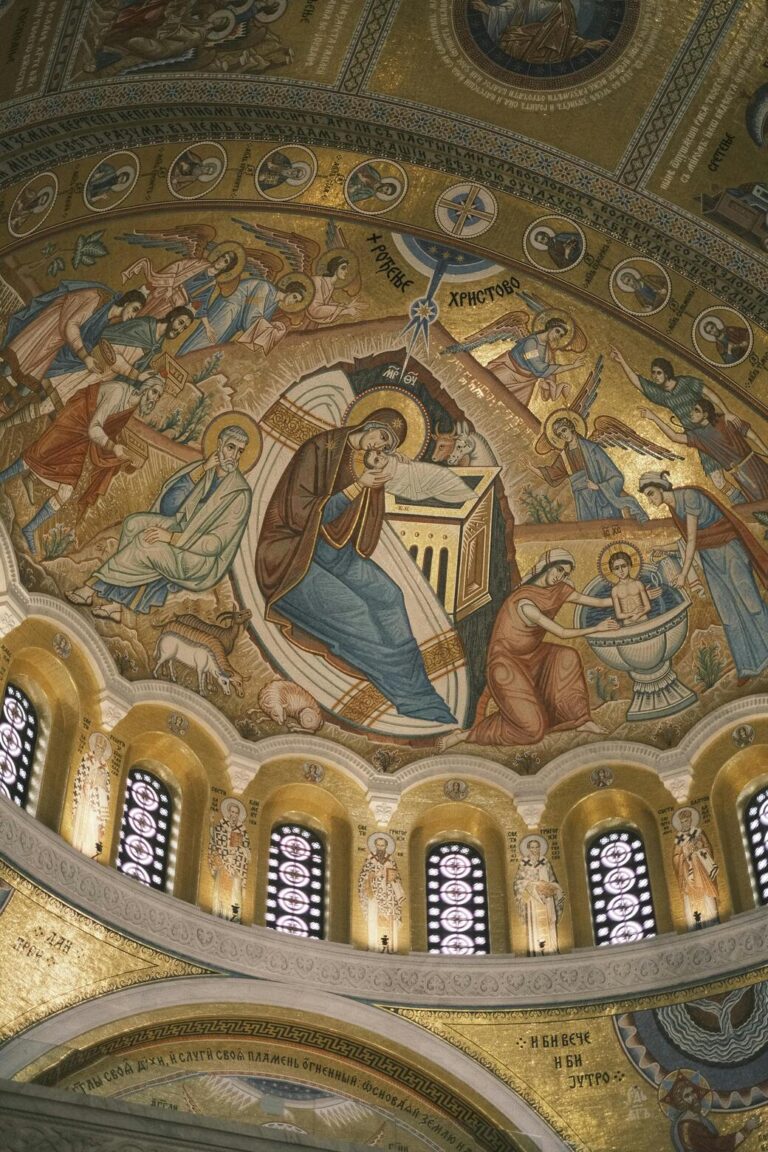
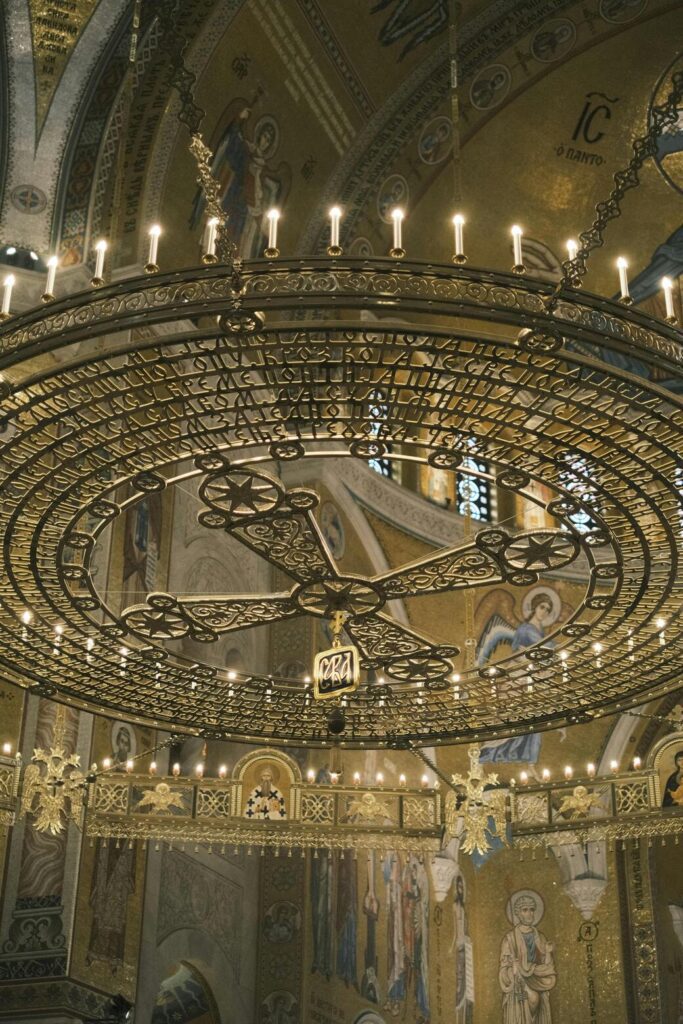
Christianity After the Fall of the Roman Empire
After the fall of the Western Roman Empire in the 5th century, Christianity continued to grow under the Eastern Roman Empire, which embraced it as a central part of its identity and governance. Byzantine emperors supported the construction of churches, monasteries, and schools that spread Christian teachings, significantly shaping religion in the Balkans, while missions, especially to the Slavic peoples, further expanded Christianity’s reach.
Figures like Saints Cyril and Methodius played a crucial role in this expansion by creating the Glagolitic alphabet (precursor to Cyrillic) to translate religious texts, helping to introduce and establish Christianity among Bulgarians and other Slavic communities.
However, this rise was not without conflict. The church faced numerous challenges, including heresies and doctrinal disputes. One such notable events was the Great Schism of 1054, which divided Christianity into Eastern Orthodox and Roman Catholic branches. This split is evident in the Balkans today: Orthodox Christianity predominates in countries like Serbia, Bulgaria, and Greece, while Roman Catholicism is more prevalent in Croatia and Slovenia.
During the Ottoman rule from the late 14th century to the 19th century, the influence of Protestant Christianity emerged, alongside Catholic missionaries who sought to convert local populations. The Bulgarian Bogomils, a Christian sect, played a significant role in the region’s religious dynamics. Their beliefs contributed to the rise of the Cathars in France, and it is believed that later, with the arrival of the Ottomans, some Bogomils converted to Sufi Islam.
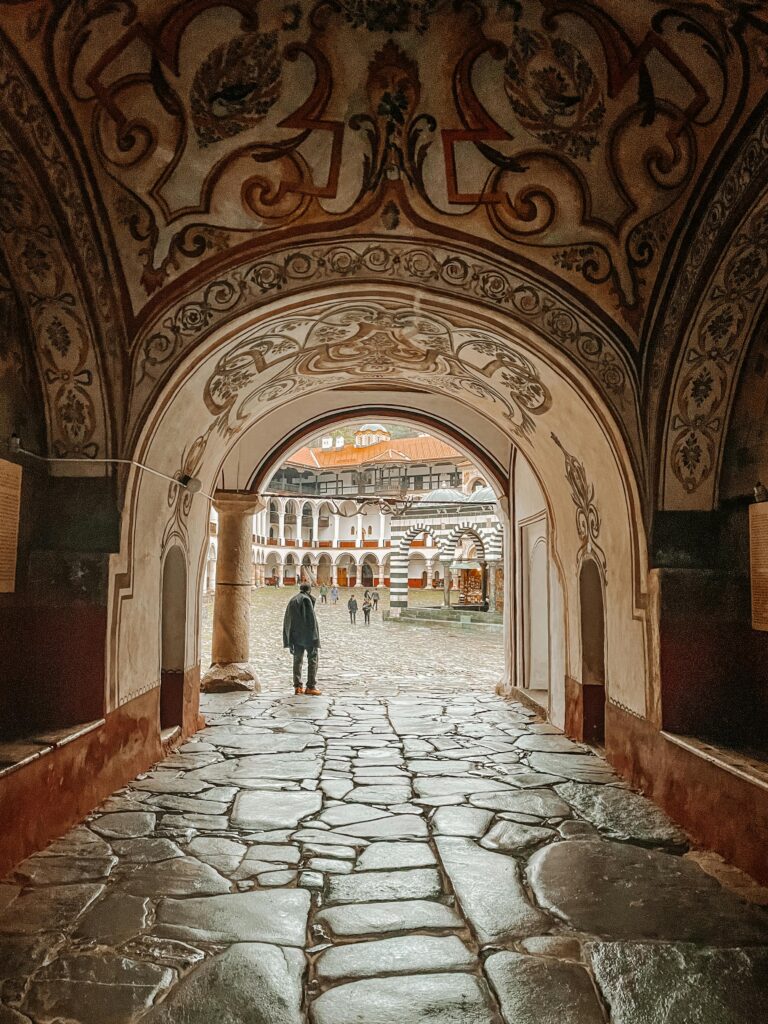
The many centuries of religious strife and activity have left us with a wealth of churches, monasteries, and sacred sites that carry on the Christian heritage of the Balkans.
Among the most remarkable are:
– the Hagia Sophia, once the greatest temple in the world and a symbol of Byzantine grandeur;
– the awe-inspiring Meteora Monasteries in Greece, whose construction remains a mystery to this day;
– the Rila Monastery, a testament to Bulgaria’s spiritual and cultural legacy.
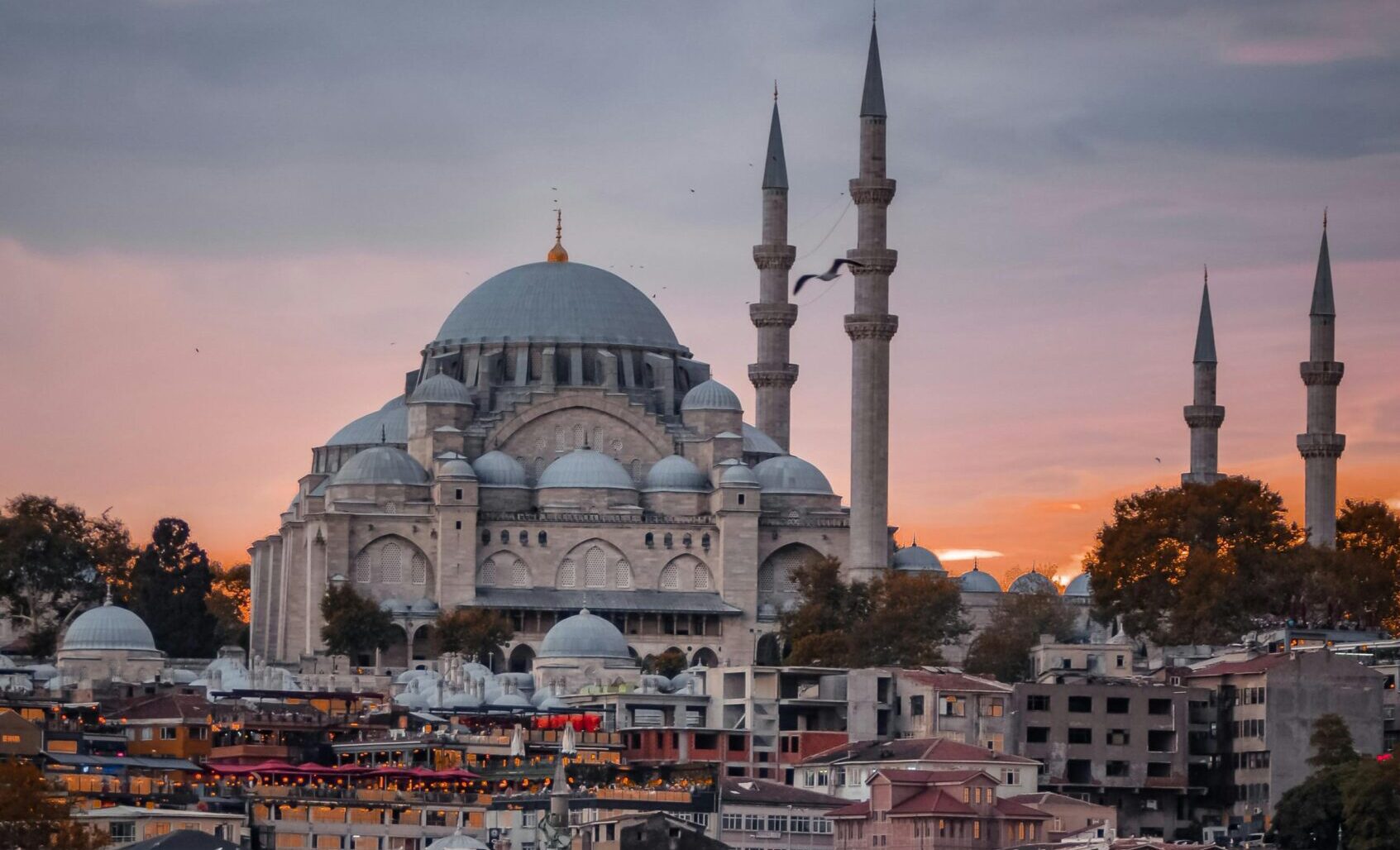
Islam in the Balkans
Islam made its way into the Balkans primarily through the Ottoman conquests, beginning in the late 14th century. As the Ottomans established control over the Balkans, they introduced Islam through governance, building mosques, and schools. While conversion was gradual and often voluntary, Islam found strong roots in Bosnia, Albania, and parts of Macedonia.
In Bosnia, a significant portion of the population, including local nobility, converted to Islam, partly incentivized by the benefits offered by the Ottomans, such as reduced taxes, land ownership, and social mobility. Additionally, the Bogomils — a Christian dualist sect that had been marginalized by both Orthodox and Catholic authorities — found greater tolerance under Ottoman rule. The Bogomils’ anti-hierarchical beliefs aligned more easily with Islam’s monotheism, making conversion smoother and helping establish a lasting Muslim presence in Bosnia.
In Albania, the Ottomans’ pragmatic approach to religious diversity, coupled with economic advantages, encouraged communities to adopt Islam. By converting, Albanians gained favor within the Ottoman administration, securing benefits for local leaders and merchants. The Bektashi, a Sufi Muslim order, that originated in the 13th century in Anatolia, became influential throughout the Balkans, and played a significant role in Albania, which eventually became one of the order’s strongholds. Despite facing persecution and challenges over the centuries, the Bektashi Order persisted and today is known for its progressive views and openness to interfaith dialogue.
Meanwhile, in other Balkan regions like Serbia, Greece, and Bulgaria, strong ties to Eastern Orthodox Christianity created a unified resistance to conversion, with churches serving as centers of cultural preservation and opposition to Ottoman influence. These areas maintained their Christian identities, often with the support of Orthodox allies like Russia, despite Ottoman rule.
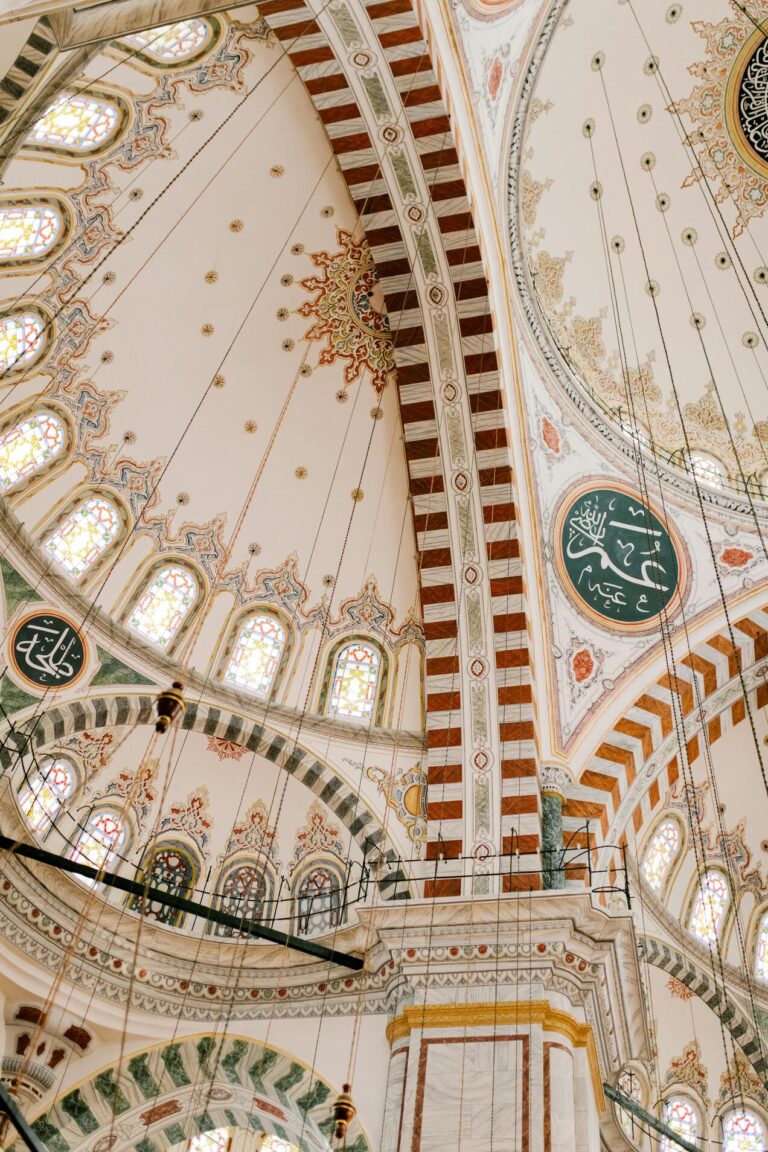
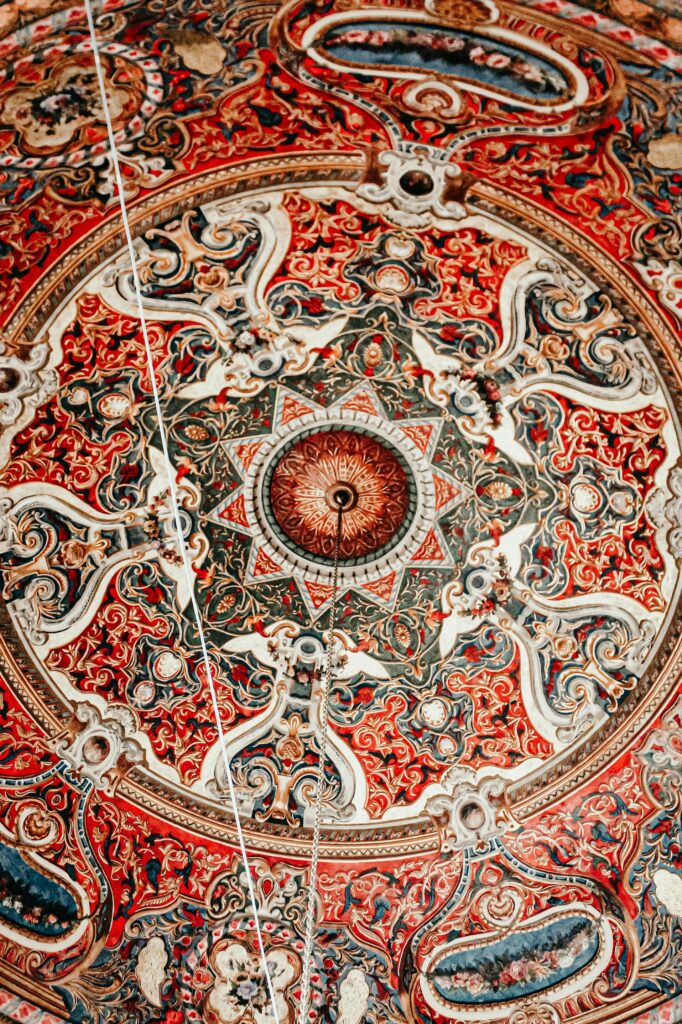
The Ottoman Legacy
Throughout the Ottoman era, religion in the Balkans became a complex tapestry of faiths, deeply influencing the region’s cultural and social dynamics.
The Ottoman Empire’s legacy in the Balkans remains evident in the region’s culture, language, and daily life. Many words of Turkish and Arabic origin are woven into the local languages, and traditions like the famous Turkish, Greek, and Bosnian coffee continue to play a central role in social life. Mosques are standing monuments to this past, with some genuine masterpieces of Islamic art and architecture. Notable examples include the Süleymaniye Mosque and the Blue Mosque in Istanbul, the Gazi Husrev-beg Mosque in Sarajevo, and the colourful Tetovo Mosque in Northern Macedonia.
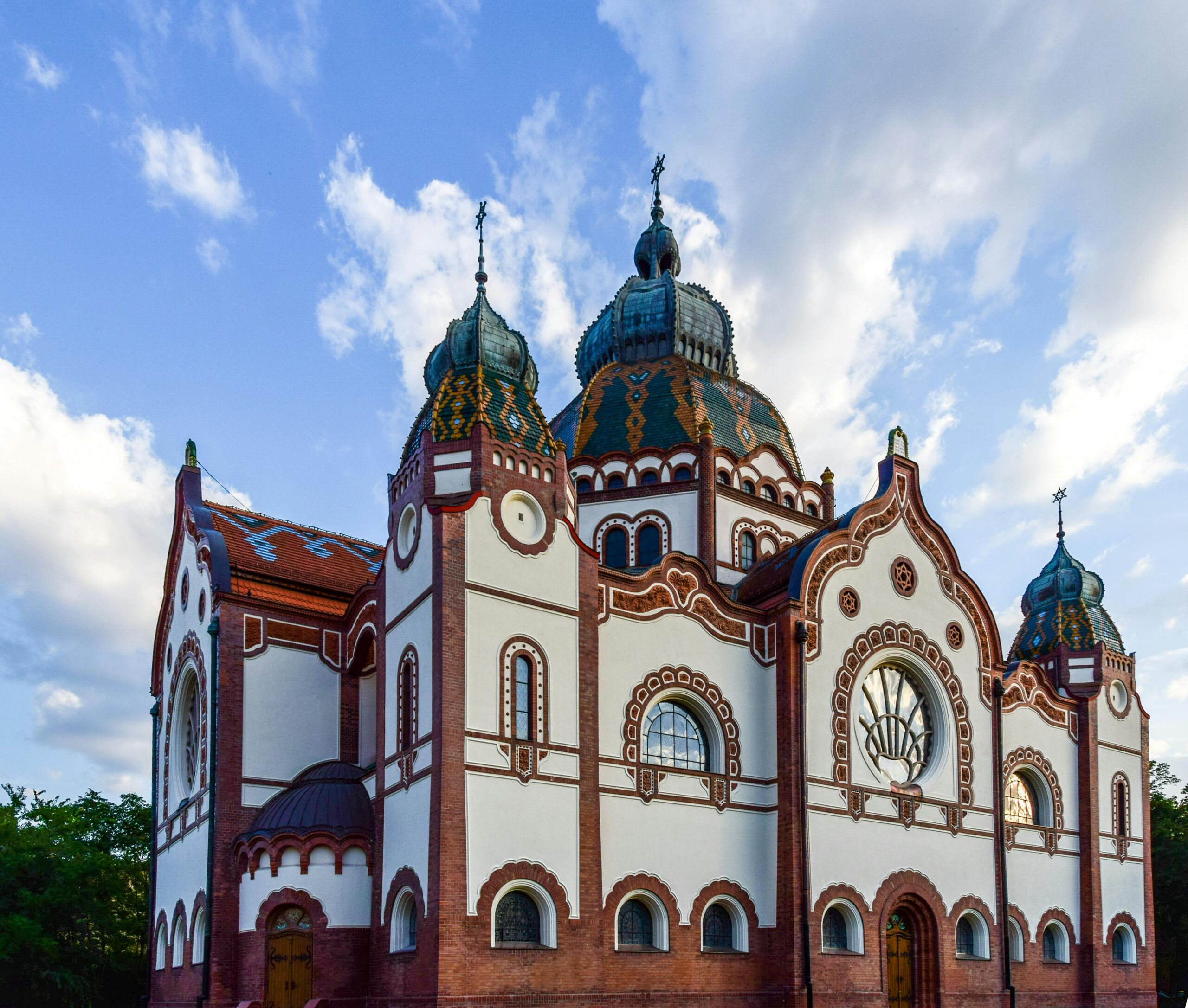
Jewish Heritage
The Jewish heritage in the Balkans is rich and dates back over two millennia, with Jewish communities thriving across the region in different periods. The earliest Jewish settlements likely began with Hellenistic traders and grew under the Roman Empire, particularly in places like Thessaloniki – once known as a “Jerusalem of the Balkans” due to its large and influential Jewish population. In fact, when the city became part of Greece after the Balkan wars in 1913, a census found Jews to be the largest ethnic group in the city.
Jewish life expanded after the expulsion of Jews from Spain in 1492 many of whom found a new home in the Ottoman Empire, esepcially across the Balkans. Cities such as Sarajevo, Belgrade, and Zagreb became notable centers of Jewish life, with vibrant communities that contributed to local culture, commerce, and the arts. Synagogues, schools, and community centers were established, creating vibrant hubs of Jewish life and adding to the diverse tapestry of religion in the Balkans.
However, the Holocaust brought tragedy to these communities, resulting in the deportation and murder of thousands of Jews from the Balkans. In World War II, Bulgaria distinguished itself by safeguarding most of its Jewish population, with the support of the Bulgarian government and its people. After the war, many of the remaining Jews fled to Israel in search of a better life, and the once-thriving Jewish life faced a steep decline in population and cultural heritage.
Despite these hardships, some remnants of Jewish culture and history persist, with a small number of Jews still living in the region and some of the most beautiful synagogues in the world (*according to Culture Trip) to be found in Sofia, Bulgaria, and Subotica, Serbia.
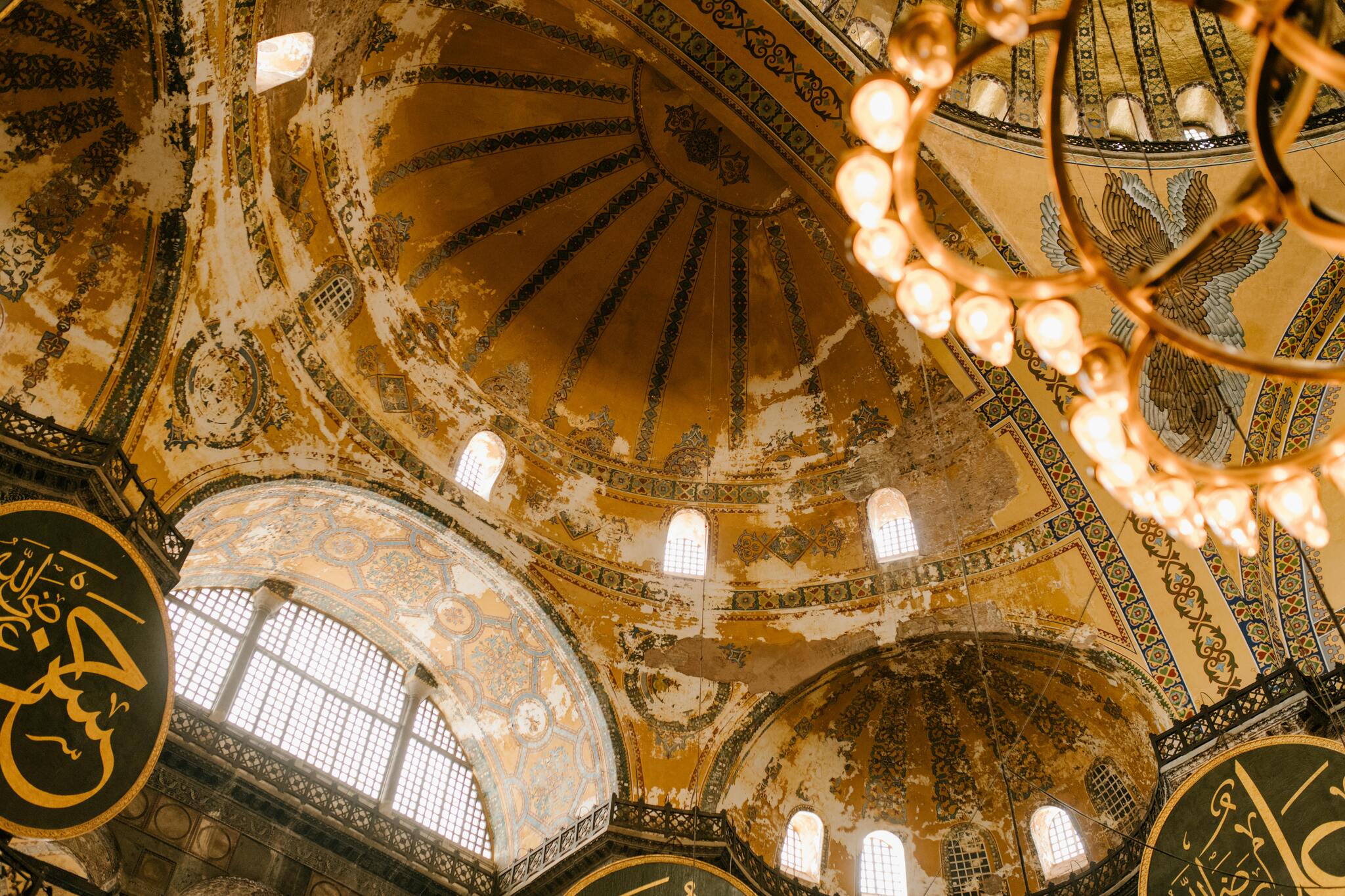
Religion in the Balkans Today
Today, the Balkans remain a place where Christianity, Islam, and Judaism continue to coexist, though with varying degrees of influence.
Even though Greece and Romania have some of the highest levels of adherence to Christianity, the overall religious sentiment in the Balkans is more moderate. This reflects the historical “devolution” of religion in the Balkans, influenced by the secular policies of communist regimes throughout much of the 20th century, particularly in Romania, Bulgaria, Albania, and former Yugoslavia.
Historically, the Balkans have been a model of religious coexistence. Christian, Muslim, and Jewish communities lived side by side, often in harmony, with people participating in their neibour’s feasts. Although political movements and pressures have occasionally fueled religious tensions, Balkan people have long demonstrated a remarkable tolerance and acceptance for religious and cultural differences.
DISCOVER OTHER STORIES...
In a world where tourism has turned iconic landmarks into crowded hotspots, the true beauty of...
Discover Albania's best farm-to-table experiences where local ingredients, traditional farming...
The Balkans enjoy all four seasons, and each brings its own kind of beauty Some seasons might suit...
Bulgarian people have cultivated Rosa Damascena in the Rose Valley for centuries, and today it...


